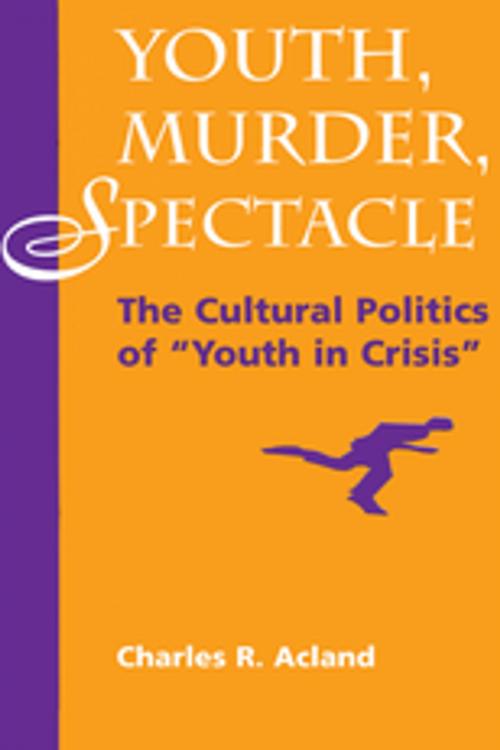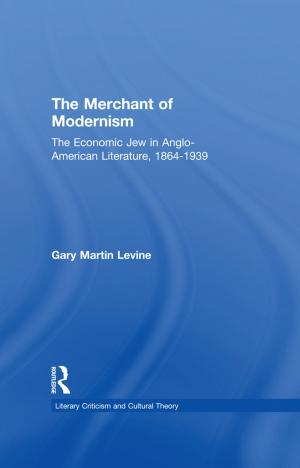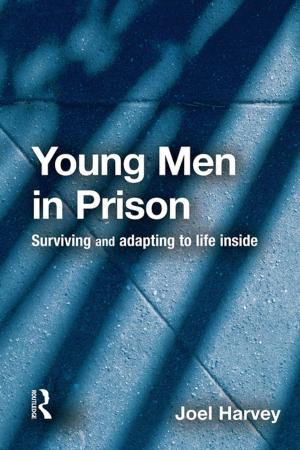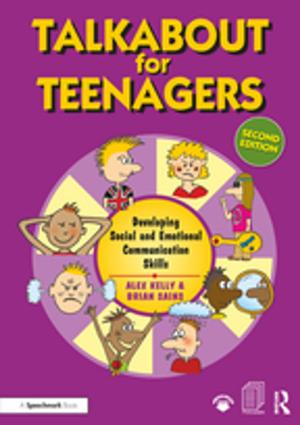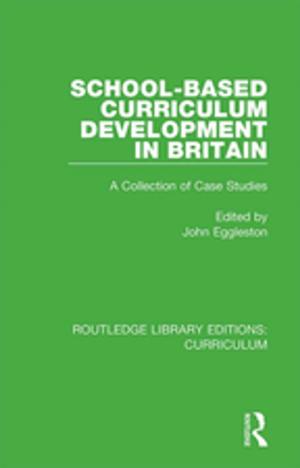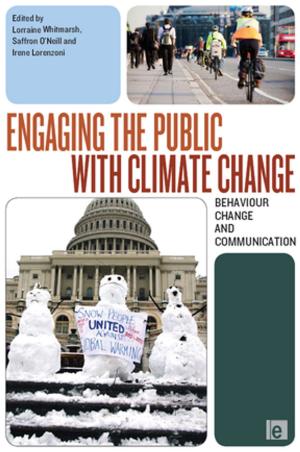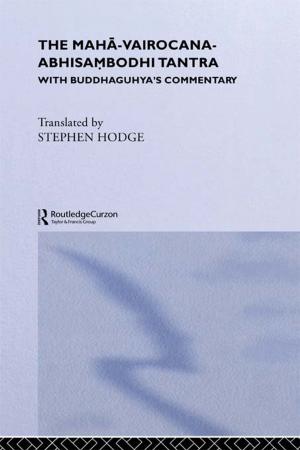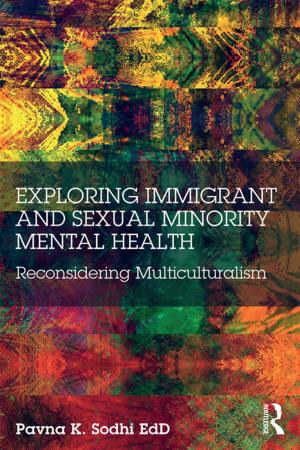Youth, Murder, Spectacle
The Cultural Politics Of ""Youth In Crisis""
Nonfiction, Social & Cultural Studies, Social Science, Sociology| Author: | Charles R Acland | ISBN: | 9780429982545 |
| Publisher: | Taylor and Francis | Publication: | February 12, 2018 |
| Imprint: | Routledge | Language: | English |
| Author: | Charles R Acland |
| ISBN: | 9780429982545 |
| Publisher: | Taylor and Francis |
| Publication: | February 12, 2018 |
| Imprint: | Routledge |
| Language: | English |
In this book, Charles R. Acland examines the culture that has produced both our heightened state of awareness and the bedrock reality of youth violence in the United States. Beginning with a critique of statistical evidence of youth violence, Acland compares and juxtaposes a variety of popular cultural representations of what has come to be a perceived crisis of American youth. After examining the dominant paradigms for scholarly research into youth deviance, Acland explores the ideas circulating in the popular media about a sensational crime known as the "preppy murder" and the confession to that crime. Arguing that the meaning of crime is never inherent in the event itself, he evaluates other sites of representation, including newspaper photographs (with a comparison to the Central Park "wilding"), daytime television talk shows (Oprah, Geraldo, and Donahue), and Hollywood youth films (in particular River's Edge). Through a cultural studies analysis of historical context, Acland blurs the center of our preconceptions and exposes the complex social forces at work upon this issue in the late 1980s and early 1990s. Acland asks of the social critic, "How do we know that we are measuring what we say we are measuring, and how do we know what the numbers are saying? Arguments must be made to interpret findings, which suggests that conclusions are provisional and, to various degrees, sites of contestation." He launches into this gratifying book to show that beyond the problematic category of "actual" crime, the United States has seen the construction of a new "spectacle of wasted youth" that will have specific consequences for the daily lives of the next generation.
In this book, Charles R. Acland examines the culture that has produced both our heightened state of awareness and the bedrock reality of youth violence in the United States. Beginning with a critique of statistical evidence of youth violence, Acland compares and juxtaposes a variety of popular cultural representations of what has come to be a perceived crisis of American youth. After examining the dominant paradigms for scholarly research into youth deviance, Acland explores the ideas circulating in the popular media about a sensational crime known as the "preppy murder" and the confession to that crime. Arguing that the meaning of crime is never inherent in the event itself, he evaluates other sites of representation, including newspaper photographs (with a comparison to the Central Park "wilding"), daytime television talk shows (Oprah, Geraldo, and Donahue), and Hollywood youth films (in particular River's Edge). Through a cultural studies analysis of historical context, Acland blurs the center of our preconceptions and exposes the complex social forces at work upon this issue in the late 1980s and early 1990s. Acland asks of the social critic, "How do we know that we are measuring what we say we are measuring, and how do we know what the numbers are saying? Arguments must be made to interpret findings, which suggests that conclusions are provisional and, to various degrees, sites of contestation." He launches into this gratifying book to show that beyond the problematic category of "actual" crime, the United States has seen the construction of a new "spectacle of wasted youth" that will have specific consequences for the daily lives of the next generation.
